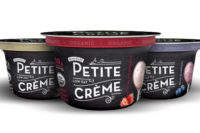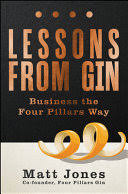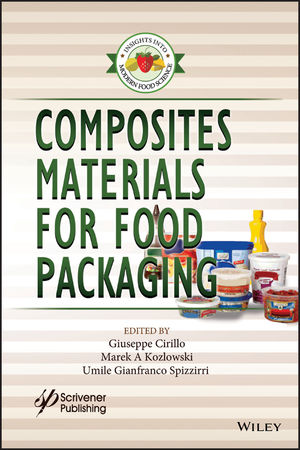Greek culture




Few parallels exist to the Greek yogurt phenomenon playing out on retail shelves. From barely a blip on the cultured dairy sales chart, Greek-style yogurt now accounts for a quarter of all yogurt sales. Even greater gains are expected as Greek yogurt propels a growth spurt that Mintel Group Ltd. projects will double yogurt sales in the 10-year period ending in 2016.
“You can create a laundry list of reasons why, but nobody believed Greek yogurt would take off like it did,” reflects David Browne, an analyst with Chicago-based Mintel. “It’s truly phenomenal.” About 200 Greek-style yogurts have launched since 2007, including some high-profile brands that already have flamed out.
Fage helped create the trend when the Greek firm began exporting its yogurt here in 1998. The processor built a 115,000-sq.-ft. production facility in Johnstown, NY in 2008 to meet growing demand (see “Fabulous Food Plant: Fage yogurt,” Food Engineering, December 2009). Demand already has dictated multiple plant expansions, and there is no let-up in sight, with sales growing 52.1 percent in 2011, according to Symphony IRI Group, Chicago. Fage’s growth pales in comparison, however, to category leader Chobani, the Norwich, NY Agro Farma brand that is investing $100 million in a second production facility in Twin Falls, ID. Symphony IRI pegs Chobani’s supermarket sales growth at 148.25 percent last year.
With its thick texture, slightly tart taste and a protein content double that of conventional yogurt, Greek yogurt appeals to a broad spectrum of health-conscious consumers. Three in five respondents to a Mintel survey prefer yogurt with thick texture (double the ratio for less viscous varieties). The preference is as strong among young adults as it is for aging Baby Boomers.
“While there are still consumers who prefer traditional yogurt, there is a shift in consumers wanting the thicker, creamier texture of Greek with the subtle tartness,” says Lisa Kinzel, associate brand manager at Stonyfield Farm Inc. The Londonderry, NH dairy launched Oikos organic Greek-style yogurt in 2007, and its success prompted parent company Danone to rebrand Dannon Greek to Oikos Greek.
Dannon is playing catch-up, but market leader General Mills was even slower to embrace the Greek-style trend, according to Browne. The front-of-package claim of “2X protein” for Yoplait Greek should appeal to older Americans, he says, but the use of a conventional cup is a departure. General Mills had shrugged off complaints about its cone-shaped Yoplait container from customers who couldn’t scrape out all the contents with a tablespoon, maintaining the equity built from the unconventional shape was worth it. But the cone gave way to a standard shape with Yoplait Greek.
The most distinctive container is the dual-compartment polystyrene cup from Fage. Fruit and other inclusions often are mixed with Greek yogurt, and Fage isolates inclusions in a compartment separate from the yogurt. But that approach has resulted in negative reactions from consumers who can’t wedge even a teaspoon into the container’s tightest crevices. “It looks cool on the shelf, but is it functional?” Mintel’s Browne asks.
While strong growth is forecast for Greek-style yogurt, the trend is accompanied by some fad products, such as dairy-free versions and drinkable yogurts, which lack the thickness that results from straining whey from the fermented product. Stonyfield launched YoKids Greek in February. Kinzel defends the move, noting, “Our drinks are thicker and have a creamier mouthfeel than traditional smoothies.”
Regardless of how those line extensions fare, Greek-style yogurt represents “one of the fastest-growing foods ever to hit the US market,” despite a price point double that of conventional yogurt, a December Mintel report on yogurt and yogurt drinks proclaims. v
For more information:
David Browne, Mintel Group Ltd., 415-379-4248, dbrowne@mintel.com
Looking for a reprint of this article?
From high-res PDFs to custom plaques, order your copy today!








